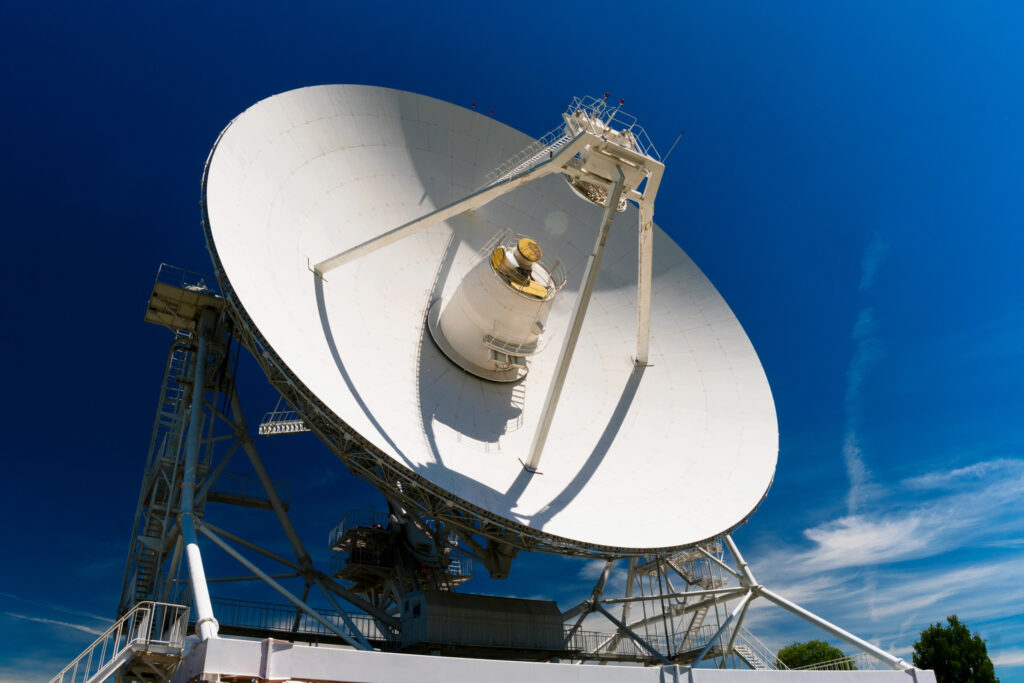A “groundbreaking” Chinese satellite has managed to transmit data five times faster than Elon Musk’s Starlink using a laser no more powerful than a nightlight.
From 36,000 kilometers above Earth, the satellite achieved a 1 gigabit per second data rate, overcoming signal disruptions that have limited the space-based laser communication of other industry leaders.
Why It Matters
SpaceX’s Starlink uses a dense network of low-orbit satellites to compensate for lower altitude and limited per-satellite capacity. The success of the Chinese satellite at a much higher orbit suggests that alternative methods to Starlink are possible, though they have yet to be expanded to the same level as SpaceX.
What To Know
A Chinese research team, led by Professor Wu Jian of Peking University and Liu Chao of the Chinese Academy of Sciences, employed a new method for a series of tests that were published on June 3 in the Acta Optica Sinica journal.
The process, known as AO-MDR synergy, stabilized the laser signal against distortions caused by Earth’s atmosphere.
It counters one of the major challenges of using satellite laser downlinks—atmospheric turbulence, which distorts and weakens signals.
The test used only a 2-watt beam, which is orders of magnitude less than conventional optical systems. The result was a sustained transmission rate of 1 Gbps, eclipsing Starlink’s real-world rates of 100 to 250 Mbps.
How Does Starlink Compare?
Starlink operates a constellation of more than 7,000 satellites at roughly 550 kilometers above Earth. Its primary advantage is low latency, benefiting users who need fast response times. However, Starlink’s architecture requires constant satellite replacements and complex tracking systems to maintain performance.
The Chinese satellite’s orbit, more than 60 times higher, naturally introduces more latency, but it offers consistent global coverage from a single orbital slot.
While Starlink uses radio frequency, which is less sensitive to cloud cover, the laser-based Chinese system is limited in adverse weather but provides higher bandwidth potential.
Starlink’s network is optimized for consumer access and mobile deployment, while the Chinese satellite, if scaled, appears aimed at high-bandwidth commercial or government uses where throughput outweighs minimal latency.
What People Are Saying
Professor Wu Jian of Peking University and Liu Chao of the Chinese Academy of Sciences described the test as “groundbreaking”, writing in their paper published in the Chinese-language journal Acta Optica Sinica: “This method effectively prevents communication quality degradation caused by extremely low signal power.”
What Happens Next?
Whether China can scale this system for broad use remains to be seen. A single demonstration from geostationary orbit doesn’t yet replace the dense coverage of networks like Starlink.
Read the full article here

















